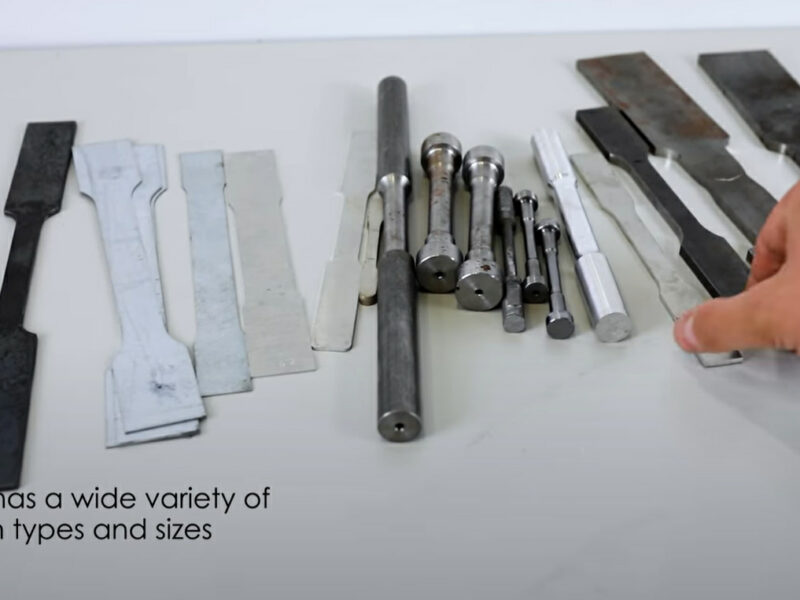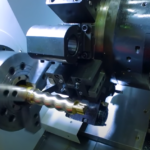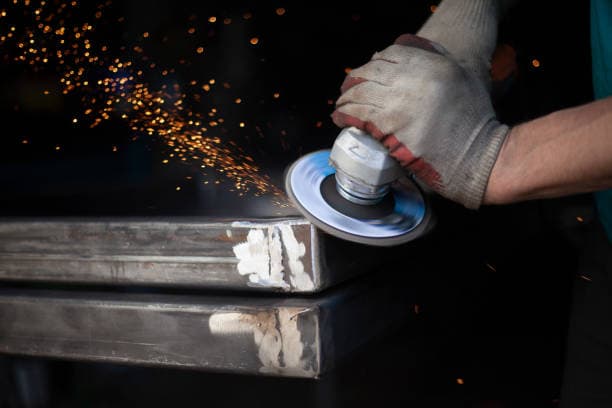In the ever-evolving industrial landscape, the use of metals plays a vital role in constructing buildings, manufacturing machinery, and powering technological advancements. However, ensuring the quality and safety of these metals is paramount.
Understanding Metals Standards
Metals standards refer to a set of guidelines, specifications, and criteria developed to establish uniformity, quality, and safety measures in the production and use of metals across different industries. These standards are crafted through meticulous research, testing, and expert consensus, aiming to enhance reliability and facilitate seamless integration into various applications.
The Importance of Metals Standards
- Ensuring Quality: Metals standards are crucial in upholding the quality of metal products. They set the benchmarks for material composition, mechanical properties, and dimensional tolerances, ensuring consistency and reliability;
- Promoting Safety: Safety is paramount in any industrial setting. Compliance with metals standards ensures that metal components can withstand stress, pressure, and environmental conditions without compromising the safety of workers and end-users;
- International Trade and Collaboration: Standardized metals facilitate international trade by providing a common language for manufacturers, consumers, and regulators worldwide. They encourage collaboration and innovation on a global scale;
- Optimizing Efficiency: Metals standards help optimize manufacturing processes by providing guidelines for cost-effective material usage, reducing waste, and improving overall efficiency.
The Process of Establishing Metals Standards
The creation of metals standards involves a rigorous process that includes the following key steps:
Research and Data Gathering
Before establishing any standard, extensive research is conducted to gather data on the specific metal’s properties, applications, and potential hazards. This phase involves literature reviews, data analysis, and consultations with experts.
Committee Formation
A committee of experts from academia, industry, and regulatory bodies is formed to oversee the standardization process. Their diverse perspectives ensure a well-rounded approach to setting the guidelines.
Drafting the Standard
Based on the gathered data and committee discussions, a draft of the metals standard is prepared. This draft undergoes multiple revisions and reviews to address any discrepancies or omissions.
Testing and Validation
To ensure the practicality and accuracy of the standard, it is put to the test through experiments, simulations, and real-world applications. Feedback from testing helps refine the standard further.
Public Comment Period
The draft standard is made public for a specified period to gather feedback from stakeholders, including manufacturers, consumers, and other interested parties.
Publication and Implementation
Once all feedback is considered and necessary adjustments are made, the final version of the metals standard is published and ready for implementation across relevant industries.
Compliance and Certification
Achieving compliance with metals standards is a significant accomplishment for manufacturers, as it demonstrates their commitment to producing high-quality, safe, and reliable products. Certifications from recognized bodies further validate the adherence to these standards and can be essential in gaining the trust of consumers and clients.
Metals Standards in Key Industries
Construction and Infrastructure
In the construction sector, metals standards dictate the quality and properties of structural materials, such as steel and aluminum. Compliance ensures that buildings, bridges, and other infrastructure can withstand environmental factors and last for decades.
Automotive and Aerospace
In the automotive and aerospace industries, metals standards are critical for ensuring the safety and performance of vehicles and aircraft. Components such as engine parts, frames, and landing gear adhere to specific standards for optimal functionality.
Electronics and Technology
Metals used in electronics and technology must meet stringent standards to guarantee reliability, thermal conductivity, and resistance to corrosion. Compliance contributes to the longevity and efficiency of electronic devices.
Medical Devices and Implants
The medical field relies on metals standards to ensure the safety and biocompatibility of devices and implants used in surgeries and treatments. These standards minimize the risk of adverse reactions and promote successful medical interventions.
Metals Standards in Key Industries
Here’s a comparison table highlighting the application of metals standards in different industries:
| Industry | Key Applications | Metals Standards |
|---|---|---|
| Construction | Buildings, bridges, infrastructure | ASTM A36, ASTM A992 |
| Automotive | Vehicles, engine components, frames | SAE J434, ISO 683-17 |
| Aerospace | Aircraft, spacecraft, satellite components | AMS 2750, AMS 2770 |
| Electronics | Semiconductors, PCBs, electronic components | IPC-A-600, IPC-4101 |
| Medical | Implants, surgical instruments, medical devices | ISO 13485, ASTM F138 |
Benefits and Challenges of Metals Standards Implementation
Benefits
- Reliability and Consistency: Metals standards guarantee consistent quality, leading to reliable and predictable performance across industries;
- Safety Assurance: Compliance with these standards enhances safety for workers and end-users, preventing potential accidents and hazards;
- Market Credibility: Manufacturers adhering to metals standards gain credibility, attracting more customers and business opportunities.
Challenges
- Cost and Resources: Implementing metals standards may require substantial investments in equipment and testing facilities;
- Dynamic Industry: As industries evolve, standards must keep pace with new materials and technologies;
- Global Harmonization: Achieving global harmonization of metals standards can be challenging due to varying regulations and practices across countries.
Emerging Trends in Metals Standards
As industries progress and technology advances, new challenges and opportunities arise in the realm of metals standards. Let’s explore some of the emerging trends that are shaping the future of metals standardization.
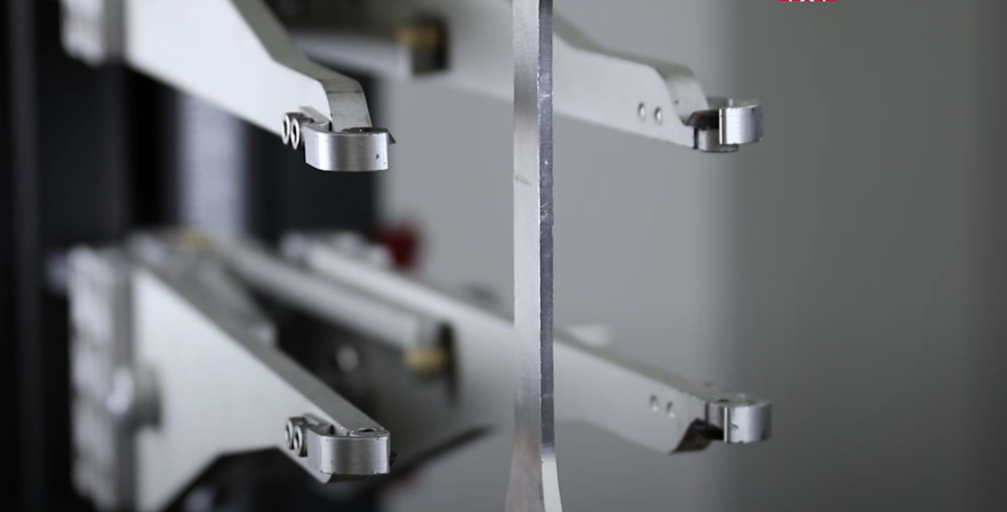
Sustainability and Green Standards
With a growing focus on environmental responsibility, there is a rising demand for sustainable metals and eco-friendly production processes. Green standards are being developed to assess the environmental impact of metal extraction, processing, and recycling. By adhering to these standards, industries can contribute to a more sustainable future while meeting consumer demands for environmentally conscious products.
Nanomaterials and Advanced Alloys
Advancements in materials science have led to the development of nanomaterials and advanced alloys with exceptional properties. Metals standards are adapting to accommodate these innovative materials, ensuring that their unique characteristics are properly understood, tested, and utilized safely in various applications, such as electronics, aerospace, and healthcare.
Digitalization and Industry 4.0
The fourth industrial revolution, also known as Industry 4.0, is characterized by digitalization and the integration of smart technologies in manufacturing processes. Metals standards are evolving to address the challenges and opportunities presented by this digital transformation. From data-driven quality control to predictive maintenance, these standards play a crucial role in harnessing the potential of Industry 4.0 while maintaining safety and consistency.
Customization and Additive Manufacturing
Additive manufacturing, commonly known as 3D printing, allows for the customization of metal components with intricate designs and optimized structures. Metals standards are adapting to accommodate this shift from traditional manufacturing to additive methods. These standards ensure that the resulting products meet the required specifications, while also fostering creativity and innovation in the manufacturing process.
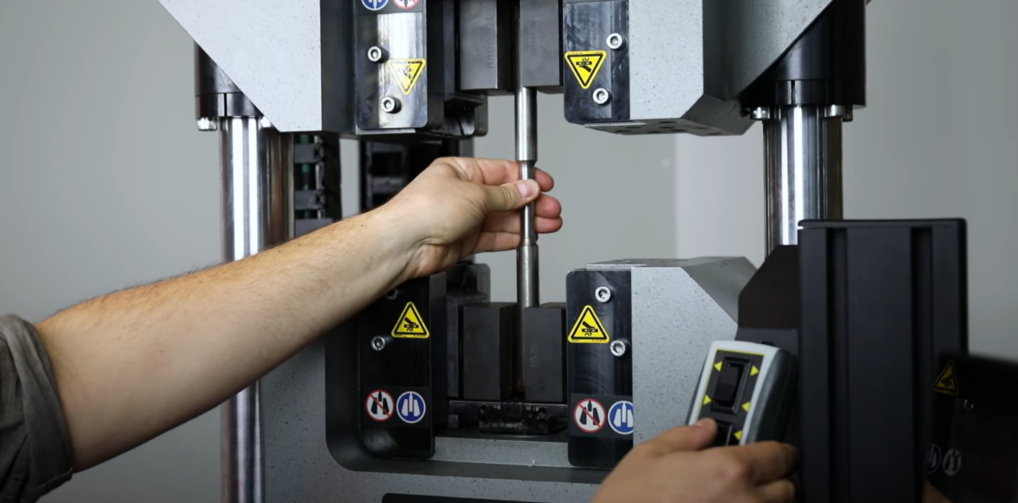
The Future of Metals Standards
As we look to the future, metals standards will continue to be a cornerstone of industrial progress and safety. Here are some key areas where we can expect further developments in metals standardization:
Global Harmonization Efforts
Efforts to achieve global harmonization of metals standards will gain momentum to facilitate international trade and collaboration. By standardizing practices worldwide, industries can reduce barriers to entry and streamline cross-border operations.
Integration of AI and Machine Learning
Artificial intelligence (AI) and machine learning will play a larger role in metals standardization. These technologies can analyze vast amounts of data, optimize testing procedures, and even predict material behavior, leading to more efficient and accurate standard development.
Focus on Circular Economy
With a growing emphasis on circular economy principles, metals standards will emphasize the recyclability and reusability of metal products. Guidelines will encourage the design of materials with end-of-life recycling in mind, promoting a more sustainable approach to metal usage.
Rapid Response Standards
In an ever-changing world, the ability to develop rapid response standards will become more critical. These standards will address emerging challenges, unforeseen hazards, and new technologies, ensuring that industries can adapt quickly without compromising safety and quality.
Conclusion
Metals standards form the backbone of a quality-driven and safe industrial ecosystem. By adhering to these guidelines, manufacturers can optimize their processes, ensure reliability, and prioritize the safety of workers and consumers. As technologies advance and industries evolve, ongoing efforts to improve and harmonize these standards will play a crucial role in shaping the future of metal applications.
